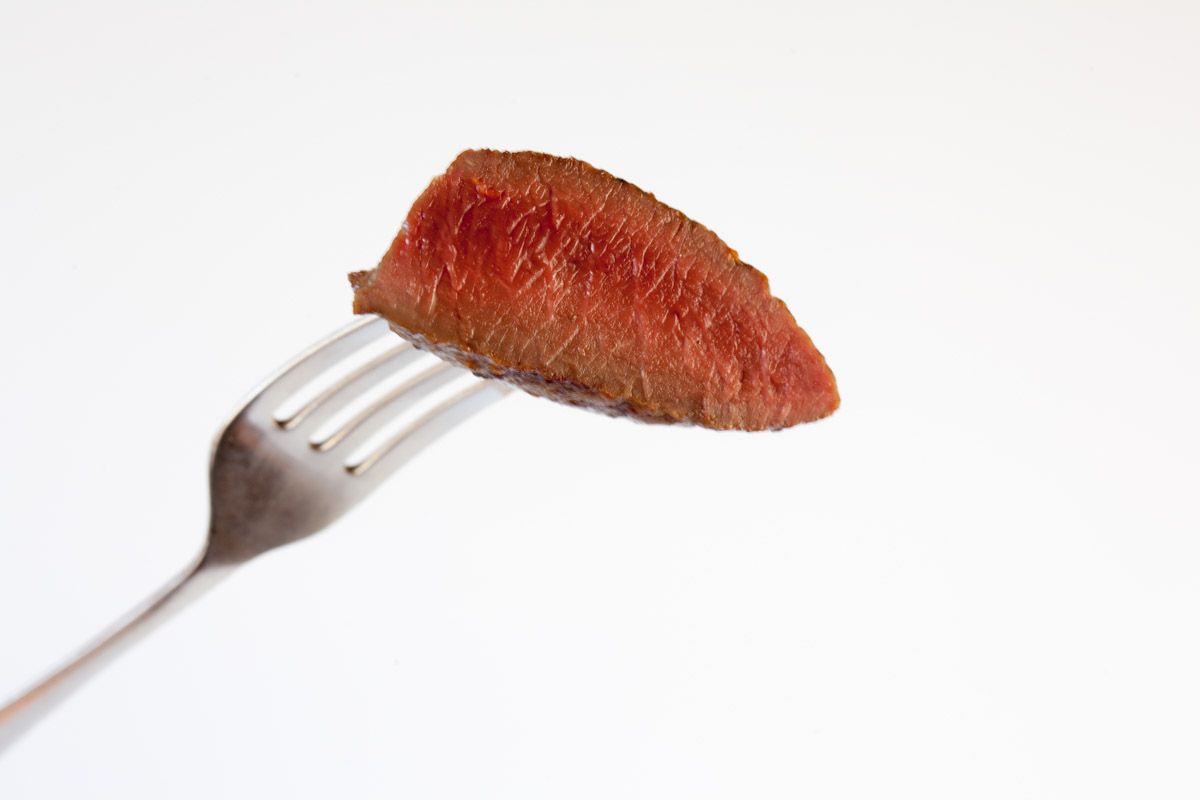OSTRICH MEAT
A Bird of Africa
Since the onset of ostrich farming in 1864/1863, South Africa is still the leader in the Ostrich Industry and has an 85% global market share. The success in ostrich farming is due to the country’s ideal climate, vast experience and expertise of all role players, as well as the high quality and continuous investment in research.
This arid, sunny area on the most southern tip of Africa is the home to the Ostrich Industry, the world’s foremost producer of ostrich related products, supplying ostrich meat, leather and feathers found on international markets.
Ostriches are bred for optimum production of quality meat, leather and feathers and it is this commitment to quality that is recognised by consumers of ostrich products worldwide.
Ostriches are raised to a live mass of about 90 kilograms in natural surroundings according to free range principles on privately owned farms. The producers are responsible farmers and aim to raise the birds in the most acceptable way according to international legislation as required by export countries.
Slaughter of Ostriches
The birds are transported live in specially designed trucks from the farm to either one of the ostrich registered abattoirs in South Africa. Here they are held in holding pens (stock density not less than 1 meter squared per bird) and are slaughtered under humane and Halaal conditions. The utilisable meat, mainly from the legs, is prepared as various primal cuts with some of these being portioned into final products. The whole muscles (primal cuts) are portioned according to clients’ specific requirements. These products are all vacuum packed, labelled, boxed and kept in cold storage until dispatched.
South African ostrich abattoirs are exclusively used for the slaughter of ostriches. These abattoirs have been designed to comply with the very stringent hygiene controls stipulated by importing countries in Europe and elsewhere.
By applying a quality management system which focuses specifically on food safety it is possible to produce high quality meat products on a continuous basis.
The producer raising the ostriches is the first link in the quality control system. The abattoirs continue with this control process in the slaughter, processing, marketing and selling of meat. Monitoring takes place in such an in-depth and stringent manner that it is possible for the end-consumer to trace the succulent ostrich meat on his or her plate back to the farm of origin.
Food safety is not only monitored in meat products, but also in the manufacturing process as a whole at various levels. A series of test and analyses are conducted daily. This system consists of a process flow that monitors critical points (HACCP). Everything is documented for reference and adjustment purposes. Thereafter it is reviewed by independent internal and external auditors to ensure that the process is transparent and executed correctly. The Ostrich Industry and all the abattoirs have expert veterinarians on location. To maintain high standards, the Industry is committed to continuous investment in research. Audits are carried out by independent bodies such as the Department of Agriculture : Veterinary Services, the European Union’s food safety teams and the accredited certifying organisations such as the SABC and SGS.
Consumers can therefore be sure that the route from the farm to the form remains entirely safe.
Farm-to-fork traceability
South African ostrich abattoirs are exclusively used for the slaughter of ostriches. These abattoirs have been designed to comply with the very stringent hygiene controls stipulated by importing countries in Europe and elsewhere.
By applying a quality management system which focuses specifically on food safety it is possible to produce high quality meat products on a continuous basis.
The producer raising the ostriches is the first link in the quality control system. The abattoirs continue with this control process in the slaughter, processing, marketing and selling of meat. Monitoring takes place in such an in-depth and stringent manner that it is possible for the end-consumer to trace the succulent ostrich meat on his or her plate back to the farm of origin.
Food safety is not only monitored in meat products, but also in the manufacturing process as a whole at various levels. A series of test and analyses are conducted daily. This system consists of a process flow that monitors critical points (HACCP). Everything is documented for reference and adjustment purposes. Thereafter it is reviewed by independent internal and external auditors to ensure that the process is transparent and executed correctly. The Ostrich Industry and all the abattoirs have expert veterinarians on location. To maintain high standards, the Industry is committed to continuous investment in research.
Audits are carried out by independent bodies such as the Department of Agriculture : Veterinary Services, the European Union’s food safety teams and the accredited certifying organisations such as the SABC and SGS.
Consumers can therefore be sure that the route from the farm to the form remains entirely safe.
Nutrional Value & Quality
Ostrich meat is normally darker than meat from domesticated animals. Similar to game, ostrich meat has a low fat content and there is no lightening of the colour as caused by the visible intramuscular fat in other meats. Also, ostriches are more active than domesticated animals and therefore have more myoglobin in the muscles, which also contributes to the darker colour.
1. A healthier choice

In today’s health conscious world ostrich meat has become part of a balanced diet and it allows the meat lover the pleasure of a scrumptious steak or fillet with the full knowledge that it is, in fact, a great choice.
Ostrich meat is:
- High in protein
- Low in fat (ostrich fat is stored under the skin of the bird, not intra-muscularly, therefore highly unsaturated)
- Low in cholesterol
- Low in collagen, thereby more readily digestible
- Kilojoules are approximately 377 kJ/100g of meat
- The fillet, steak, goulash and mince are considered extra lean and carry the mark of the South African Heart and Stroke Foundation
2. Free Range Standards

The Ostrich Industry expects their producers to adhere to farming principles to ensure the welfare of ostriches and to comply with Free Range standards.
Free Range standards:
- Freedom from thirst, hunger and malnutrition
- Freedom from discomfort, pain and injury
- Freedom from disease
- Freedom from fear and distress
- Freedom to express normal behaviour
3. Flavour Profile

Ostrich meat has a very neutral odour and flavour. We recommend that you always serve ostrich fillet, steak, tenderloin and roast with any sauce of your choice – particularly a sauce containing berries. Ostrich tastes great with a good red wine.
